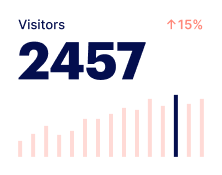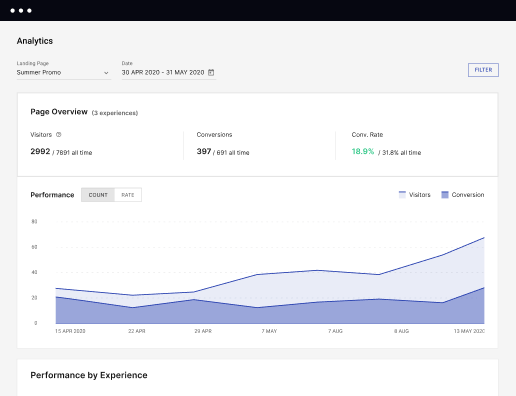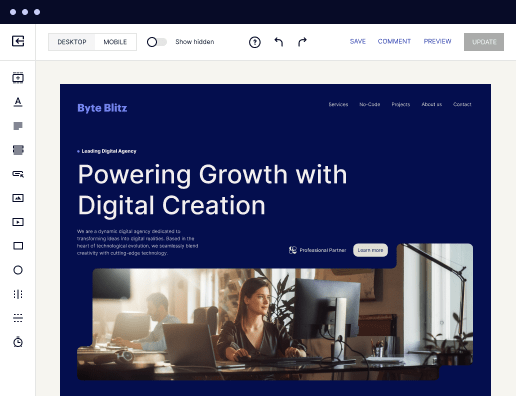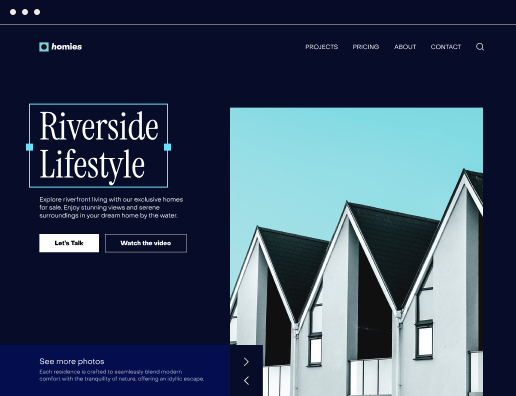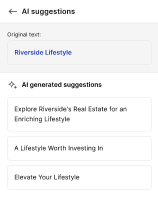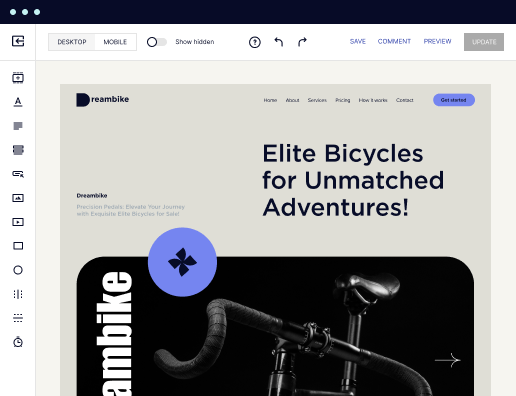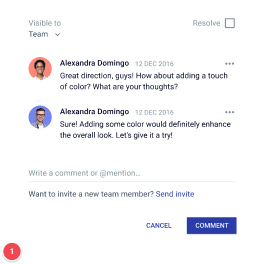Make your API documentation page designed for Android
Instapage empowers you to reduce costs, increase conversions, and deliver meaningful experiences on Android.
Comprehensive Guide to Building Your API Documentation Page on Android with Instapage
Building an effective API documentation page on Android is crucial for developers and businesses alike. With Instapage's landing page creator, marketers in sectors like marketing and advertising, education, and financial services can easily construct targeted documentation pages that not only inform but also engage potential users. This guide will walk you through the steps of creating a streamlined and user-friendly API documentation page using Instapage’s powerful features.
Step 1: Defining Your API Documentation Goals
Before diving into creating your documentation page, it’s essential to define your goals. What information is crucial for users? What features do you want to highlight? By answering these questions, you can create a focused outline that will guide your content creation process.
- Identify your target audience: Understand who will be using your API documentation. This could include developers, marketers, or end consumers.
- Outline the main features: Make a list of essential functionalities of your API that you want to promote.
- Set measurable objectives: Determine what success looks like, whether it's increased developer engagement or reduced support tickets.
Step 2: Using Instapage to Create Your Landing Page
With a clear understanding of your goals, it's time to start building your API documentation page using Instapage. Instapage offers over 100 conversion-focused layouts and Instablocks, allowing you to create pages quickly without any coding experience.
- Select a template: Choose an Instapage template that aligns with your documentation needs, ensuring it provides a user-friendly interface.
- Customize with Instablocks: Utilize the drag-and-drop features to add sections, such as code samples, FAQs, and user testimonials relevant to your API.
- Incorporate dynamic text replacement: Tailor content directly to user queries by dynamically displaying relevant information based on user behavior.
Step 3: Optimize for Performance and Usability
Creating the page is just the beginning; optimizing it for better performance is vital. You can use built-in experimentation features to test various layouts and content types to see what resonates most with your audience.
- Conduct A/B testing: Experiment with different call-to-action messages to find out which generates more engagement.
- Heatmaps for behavior analysis: Use Instapage’s heatmaps to see where users interact most on your page, allowing you to adjust your layout accordingly.
- Analytics dashboard: Monitor page performance regularly to track metrics like visitor conversion rates and bounce rates.
In conclusion, creating an effective API documentation page on Android with Instapage not only simplifies the process but also empowers your marketing strategies by enhancing user engagement and improving conversion rates.
Take the next step towards creating an effective API documentation page; try Instapage today and transform your landing page experience.
Get more out of Build your API documentation page on Android
Improve your Quality Score with quick load technology for landing pages
Increase conversions with content that aligns with your ads and audiences
Achieve maximum ROI by scaling your marketing initiatives
Leading the way in building high-performing landing pages





FAQs
See how to build your api documentation page on android in action
Ready to skyrocket conversions?
Supercharge your ad campaigns with high-performing landing pages.
Get started
